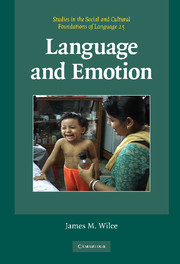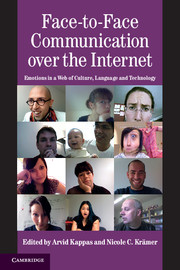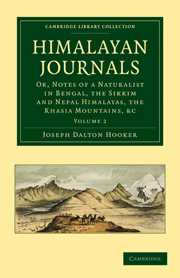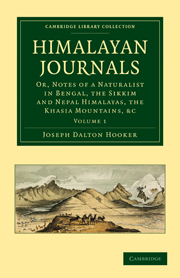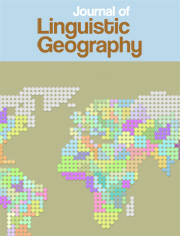Language and Emotion
Language is a means we use to communicate feelings; we also reflect emotionally on the language we and others use. James Wilce analyses the signals people use to express emotion, looking at the social, cultural and political functions of emotional language around the world. His book demonstrates that speaking, feeling, reflecting, and identifying are interrelated processes and shows how desire or shame are attached to language. Drawing on nearly one hundred ethnographic case studies, it demonstrates the cultural diversity, historical emergence, and political significance of emotional language. Wilce brings together insights from linguistics and anthropology to survey an extremely broad range of genres, cultural concepts, and social functions of emotional expression.
- Emotional language is a key topic in the study of language and cultures
- Combines methodological and theoretical sophistication with clarity of explanation
- Contains a glossary of key terms useful to any student in anthropology and linguistics
Reviews & endorsements
'… a must-read for anyone interested in language or emotion.' Laura M. Ahearn, Rutgers University
Product details
April 2009Hardback
9780521864176
246 pages
234 × 156 × 15 mm
0.52kg
1 map
Available
Table of Contents
- Introduction
- Part I. Theory:
- 1. Defining the domain
- 2. The relationship of language and emotion
- 3. Approaches to language and emotion
- 4. The panhuman and the particular
- Part II. Language, Power, and Honor:
- 5. Language, emotion, power, and politics
- 6. Status, honorification, and emotion for hire
- Part III. Identification and Identity:
- 7. Language as emotional object
- 8. Language, affect, gender, and sexuality
- Part IV. Histories of Language and Emotion:
- 9. A history of theories
- 10. Shifting forms of language and emotion
- 11. Language and the medicalization of emotion
- Conclusion.

